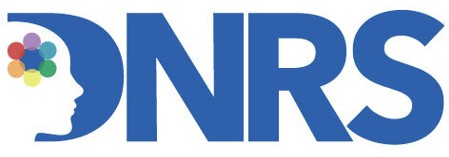Treat Depression with DNRS
Depression
Transforming Depression with DNRS
When persistent sadness, hopelessness, or a lack of interest in daily activities have begun to overshadow your life, you might be experiencing clinical depression. This isn’t just feeling “down”; it’s a profound state that impacts emotional well-being, motivation, and overall functionality.
Depression often stems from an overactive limbic system—the brain’s emotional center—which misinterprets neutral or positive experiences as threats. This heightened stress response can lead to chronic feelings of despair and disconnection. The Dynamic Neural Retraining System (DNRS) offers a neuroplasticity-based approach to retrain these maladaptive neural pathways, helping your brain return to a state of calm and resilience.
Recognizing Depression
Depression manifests in various ways. Common signs include:
- Persistent sadness or feelings of emptiness
- Loss of interest or pleasure in activities once enjoyed
- Fatigue or decreased energy
- Difficulty concentrating or making decisions
- Sleep disturbances (insomnia or oversleeping)
- Changes in appetite or weight
- Feelings of worthlessness or guilt
- Thoughts of death or suicide
Adding DNRS practice can help.
If you’re experiencing any of the above symptoms, it is also advisable to seek professional help.
Understanding the Stages of Depression
Depression can progress through various stages:
- Mild: Occasional low mood or lack of interest that doesn’t significantly impair daily functioning.
- Moderate: Persistent symptoms that begin to interfere with work, relationships, and sleep.
- Severe: Chronic symptoms that drastically limit activities, leading to feelings of hopelessness and potential suicidal thoughts.
DNRS can assist individuals at all stages by desensitizing the limbic system, reducing reactivity, and restoring emotional balance.
Treating Depression with DNRS
DNRS addresses depression by targeting the overactive neural circuits responsible for the chronic stress response. The program involves:
- Rewiring Neural Pathways: Through guided visualization, mindfulness, and mental exercises.
- Breaking the Threat-Response Cycle: Enabling your nervous system to recognize safety.
- Cultivating Calm and Resilience: Through consistency and slowly restoring emotional regulation.
With practice, many participants notice reduced feelings of despair, improved motivation, better sleep, and a renewed sense of joy in life.
-
DNRS is a complementary, non-invasive approach that can be used alongside traditional treatments like therapy and medication. It’s not a replacement but a supportive tool in your healing journey. Always consult with a healthcare provider for diagnosis and treatment options.
-
Everyone’s journey is different. Some notice subtle shifts in a few weeks; others progress gradually over a few months. Consistency is key.
-
The program is designed to be flexible and adaptable.
-
Yes. As the limbic system calms, many people report better sleep quality and cognitive clarity.
-
Unlike therapies that focus only on coping, DNRS targets the underlying neurological patterns—retraining the brain rather than managing symptoms.
Disclaimer
The content in this website is for informational purposes only, and is not a substitute for medical diagnosis, treatment or advice. Please consult a physician or other health care provider prior to using any information or resources contained on or through this website.
